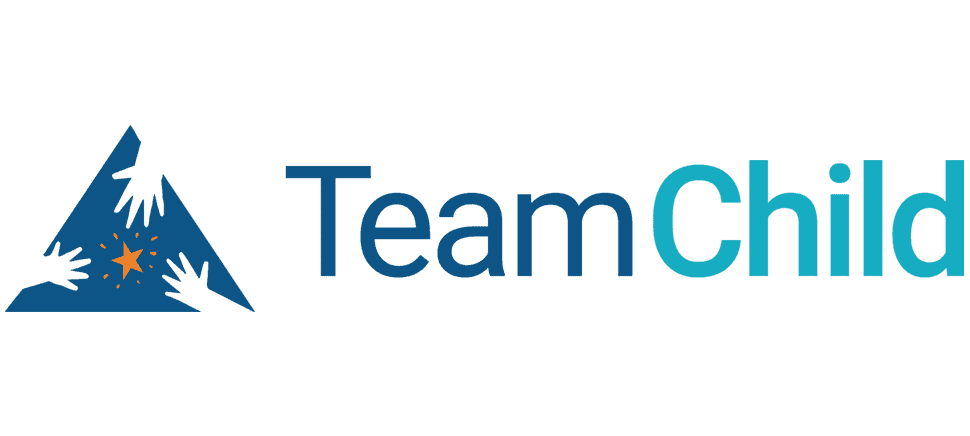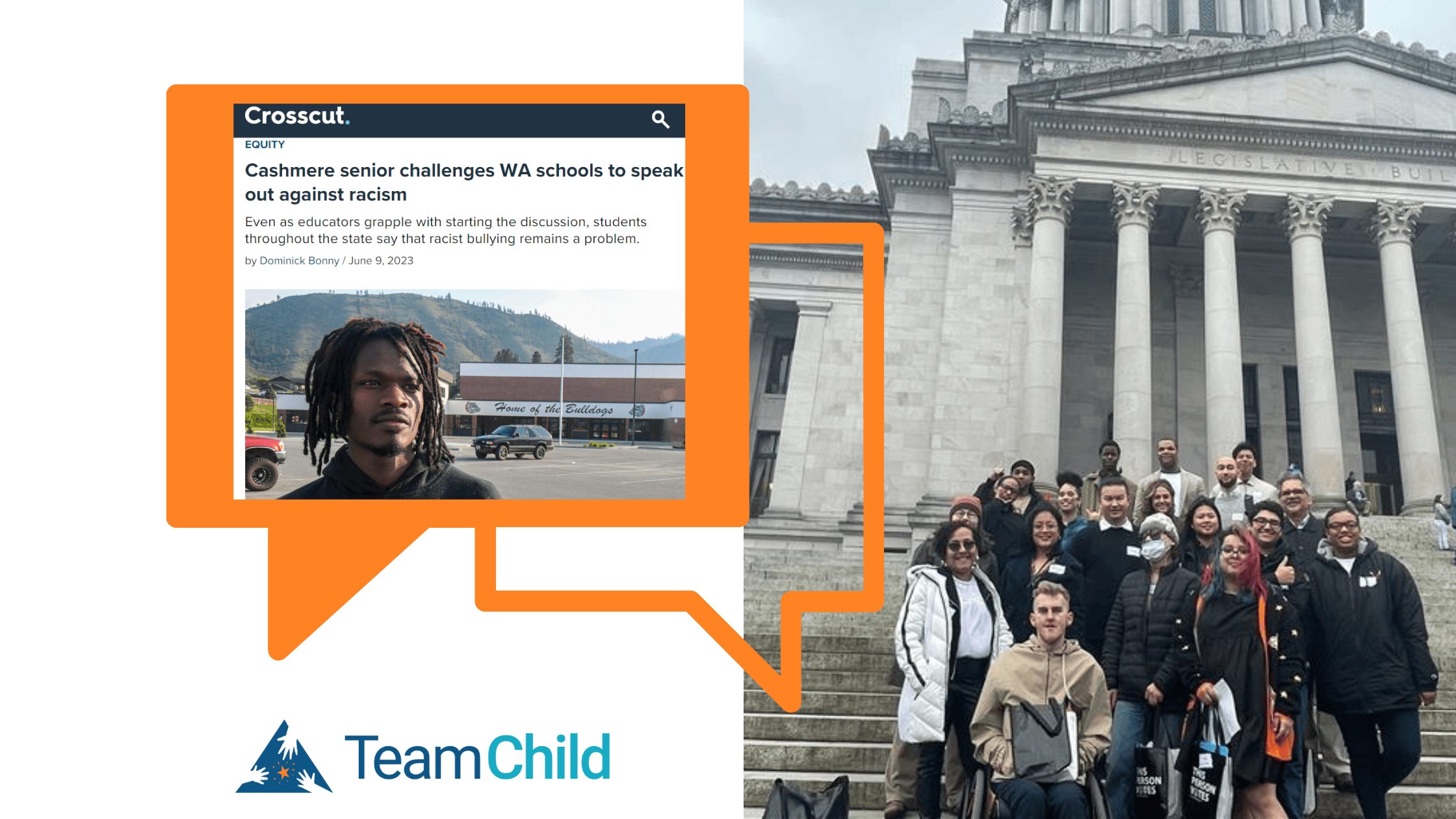Accountability and Inclusion – Youth Advisory Board Weighs In
Many TeamChild staff were deeply saddened and angered to read the recent article describing one student’s experience with racist bullying and harassment in Washington state, as reported by Crosscut. Despite the frustration and emotion, our staff hear similar stories from across the state. In our office discussions, many of the attorneys acknowledged that the clients we work with, who are struggling to remain in school and persist forward with their education, face similar challenges. We work with students who try to speak up and demand better treatment. We work with students who wonder whether it’s worth any effort at all, wondering if anything will ever change. While students experiencing bullying and harassment face challenges remaining in school when they feel unsafe or unwelcomed, other students face barriers to attendance when they are accused of bullying or harassment. Our current system that pits a student victim against a student perpetrator where there is either no resolution, and the victim feels unsafe, or a resolution that removes the perpetrator from the school environment, with long-term harm and consequences for that student, creates a cycle of harm that the current school structure and system is not effectively interrupting.
In addition to TeamChild’s ongoing legal advocacy programs, TeamChild attorneys have been working in collaboration with other legal aid organizations to address the educational barriers that youth have faced since the pandemic. Those other law firms: Northwest Justice Project, Washington Autism Alliance, Disability Rights Washington, Seattle University school of Law, and Kids in Need of Defense have all worked with students facing barriers due to bullying and harassment at school. Together the Youth Education Law Collaborative is working in a coordinated way to take individual cases and to look at systemic solutions to education barriers, including bullying and harassment.
One of the major obstacles faced by our clients is the use of protection orders to keep them out of school. Youth contact our offices when they are served protection orders barring them from attending school due to allegations of bullying and harassment. The orders are sought by other students, who are unsatisfied that the school district will adequately address their concerns about bullying and harassment. This is a harmful outcome of the inadequate response and support system available to students at school. When most people think of civil protection orders they think of creating a safer situation. What they don’t realize is that often those same protection orders can perpetuate harm in a different direction. TeamChild and the Youth Education Law Collaborative are seeing an increase in calls from families of children as young as 10 years-old, where a protection order has been filed against the young person.
TeamChild seeks to find a systemic way to change the approach to bullying and harassment that can reduce the incidents that make some students unsafe, while increasing the services that can allow other students to stay in school without causing further harm. It is clear that the status quo and the current response system is not working. Our efforts seek to interrupt this cycle and build up a school community that can include everyone safely and meaningfully.
One group of young people who are determined to see change is our Youth Advisory Board (YAB). From the work of their first year, they have laid out a set of priorities for TeamChild to focus on in the coming year. They developed the priorities by hosting a series of listening sessions with youth from across the state, who have experienced a wide variety of exclusions from the education system, due to race, gender, identity, disability, juvenile legal system involvement, housing instability, and more. One of the major areas they want advocates to focus on is ending bullying and harassment in the public schools. TeamChild is setting out this year to work alongside them to determine the best ways to bring the needed changes, supports, and services to fruition.
As the YAB explained the vision of the bullying and harassment work, they highlighted some key areas to focus on:
Accountability
Young people want schools and school staff to be more accountable to being able to resolve bullying and harassment that happens at school. There is a clear sense from youth across the state that the adults in the room have abdicated responsibility in this area. The student in the Crosscut article said that very clearly. TeamChild attorneys also confront staff who do not see the issue as a priority and don’t have ideas, tools, or resources to address it. Furthermore, the expansion of the use of protection orders is a sign that the schools are not intervening in a way that creates safety and resolution.
Inclusivity
YAB members and youth who attended the listening sessions want to see school culture center inclusivity. One of the ways they feel schools are failing in addressing bullying and harassment is by allowing some identities and cultures to be centered and ignoring others. The lack of response when some students are bullying other students only underscores the feeling by students that only some students matter. They also see the adult lack of response as its own form of bullying and harassment.
Comprehensive Mental Health Support
Lastly, these young people see bullying and harassment deeply linked to the need for better and more comprehensive mental health support for all students – both those who are doing the bullying and harassment, and for those who are experiencing bullying and harassment. They envision the school culture and community really helping to set a positive mental health example as a community by developing group and individual supports and resources for all students to easily access through school.
Students who experience bullying and harassment often miss more school and feel detached from the school community, which can lead to truancy and non-attendance. Students who are doing bullying and harassment face exclusion, which can also lead to non-attendance and deeper legal involvement.
The YAB goals and priorities align so seamlessly with TeamChild’s values. We also want to focus on the ways we can build up inclusion for all in our schools and communities. Our hope is that the work we do will create pathways that deprioritize excluding students, whether through suspension or protection orders. We want all students to be able to come to school and feel safe, wanted, and valued.
If you or your school communities have found positive ways to end bullying and harassment while building an inclusive school community, please reach out to [email protected]. We are eager to find examples that we can build upon as we move this priority forward.



